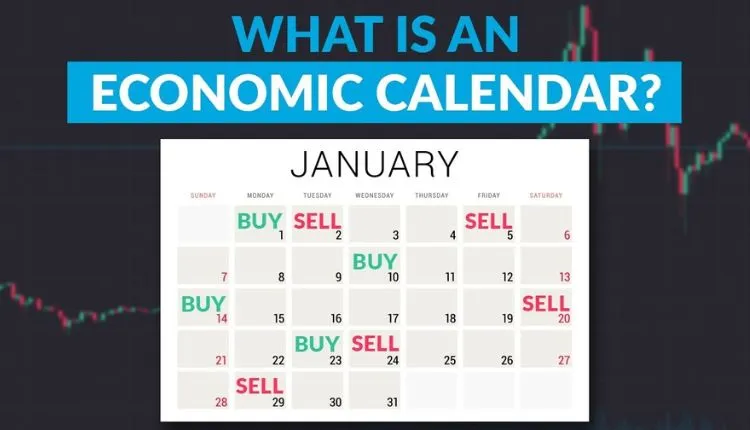Introduction
The United States economic calendar serves as a crucial tool for investors, businesses, policymakers, and analysts alike. It provides a comprehensive overview of key economic events, indicators, and data releases that influence the nation’s financial landscape. Understanding and interpreting this calendar can empower individuals and organizations to make informed decisions, anticipate market movements, and seize opportunities.
Section 1: The Significance Of The US Economic Calendar
1.1 The Role of Economic Indicators: An Overview Economic indicators are essential data points that provide insights into the health and performance of the US economy. They cover various sectors, such as employment, inflation, consumer spending, manufacturing, and housing. This section will delve into the significance of these indicators and their impact on financial markets.
1.2 How the Economic us economic calendar is Constructed Understanding how the US economic calendar is structured and maintained is crucial to its interpretation. This section will shed light on the process of selecting and scheduling economic events, including the involvement of government agencies, financial institutions, and private organizations.
Section 2: Key Economic Events And Their Impact
2.1 Federal Reserve Meetings and Monetary Policy Decisions Federal Reserve meetings are pivotal events that influence interest rates and shape the country’s monetary policy. This section will discuss the Federal Open Market Committee (FOMC) meetings and their potential effects on the stock market, inflation, and the US dollar.
2.2 Employment Reports and Labor Market Indicators Job market data, such as the Nonfarm Payrolls report, the Unemployment Rate, and Initial Jobless Claims, play a critical role in assessing the strength and stability of the labor market. This section will analyze how these reports impact consumer confidence, business sentiment, and overall economic growth.
2.3 GDP Releases and Economic Growth Gross Domestic Product (GDP) data is a fundamental indicator of a country’s economic performance. This section will explore the significance of quarterly GDP releases, their correlation with financial markets, and the implications for investors and businesses.
Section 3: Utilizing The Economic Calendar For Investment Strategies
3.1 Trading and Investment Strategies Investors and traders often leverage economic calendar events to develop short-term and long-term strategies. This section will explore various approaches, including trend following, news-based trading, and fundamental analysis.
3.2 Sector-specific Opportunities Different economic indicators can have varying impacts on specific sectors. For example, housing data may influence real estate investments, while consumer spending indicators can affect retail and consumer goods industries. This section will highlight sector-specific opportunities for investors.
Section 4: Limitations And Challenges Of The Economic Calendar
4.1 Data Volatility and Revisions Economic indicators are subject to revisions, which can create volatility in the financial markets. This section will discuss the challenges of dealing with preliminary data and its potential impact on trading decisions.
4.2 External Factors and Global Interconnections The US economy is interconnected with global markets, and external factors can influence economic indicators. This section will explore the importance of considering global events and their potential effects on the American economy.
Conclusion
The US economic calendar serves as a crucial tool for navigating the complex financial landscape of the nation. By understanding the significance of economic indicators, their impact on financial markets, and how to leverage this information for investment strategies, individuals and organizations can make well-informed decisions. However, it is essential to remain mindful of the calendar’s limitations and consider external factors for a comprehensive approach to economic analysis.
FAQs
FAQ 1: How often is the US economic calendar updated? The US economic calendar is typically updated in real-time as new data becomes available. Many financial websites and platforms provide live updates as economic events are scheduled or data is released.
FAQ 2: How can I interpret conflicting economic indicators? Interpreting conflicting economic indicators requires a comprehensive analysis of the overall economic situation. It is essential to consider the context, historical trends, and other market influences to gain a more nuanced understanding of the economy’s current state and potential future trajectory. Consulting with financial experts and conducting in-depth research can also aid in making more informed decisions amidst conflicting data.

